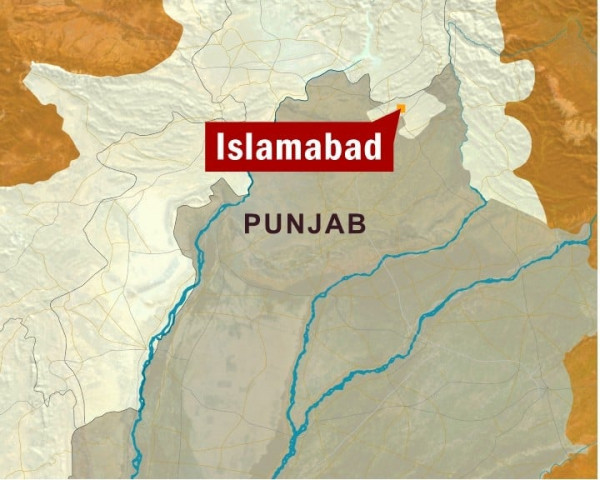Islamabad airport to be complete by 2013: Shuja
Country’s first ever green-field airport, will be completed in 2013 at a total estimated cost of Rs37billion.

Islamabad airport to be complete by 2013: Shuja
This was announced by Asif Shuja Khan, director general of Pakistan Environmental Protection Agency (Pak-EPA) during a public hearing on Thursday to review the Environmental Impact Assessment (EIA) report submitted by the Civil Aviation Authority (CAA) in June, 2009.
The public hearing was jointly organised by Pak-EPA and CAA.
Shuja said according to the EIA report, the new airport will be an environmental role model focusing primarily on water and energy conservation as well as waste management.
A joint project of Capital Development Authority (CDA), National High Authority (NHA) and the CAA, the airport will be designed by French company Aeroports De Paris Ingenierie (ADPi) and CPG Corporation of Singapore.
It will be built on more than 3200 acres and consist of a passenger terminal building, runways, taxiways, apron and parking bays for wide body aircraft.
There will also be a cargo terminal, air traffic control complex, fuel farm, and fire crash and rescue facility.
It would be equipped to handle all types of aircraft including the new generation aircraft such as the Airbus A-380.
CAA itself will install a grid station for power generation to fulfill the needs of the airport.
Shuja said the new airport would provide jobs, filtration plants, schools and health facilities to the area. A public complaint cell will also be established and a package developed for social uplift of the local population, he added.
On January 7, 2005 CAA announced the construction of Islamabad’s airport but had tentatively named it Gandhara International Airport, after the ancient Buddhist kingdom.
The foundation stone of the project was laid by former President Pervez Musharraf and Prime Minister Shaukat Aziz on April 7, 2007 at Pind Ranjha near Fateh Jang which is 30 km from Zero Point Islamabad and 23 km from Sadar, Rawalpindi.
After coming to power, the PPP decided to name it New Benazir Bhutto International Airport.
Construction of the airport remained controversial and slow due to constant reshuffling in management and the mysterious death of the project director.
Problems of water, land acquisition and transportation have constantly plagued the project. Doubts had also been raised about the transparency with which contractors were allotted projects.
During a review process the agency made observations regarding the current air quality status of the site along with future projections, cumulative noise impact, use of alternate energy options, indoor air quality, wastewater treatment facilities, day light harvesting and rain water harvesting.
Published in The Express Tribune, October 1st, 2010.



















COMMENTS
Comments are moderated and generally will be posted if they are on-topic and not abusive.
For more information, please see our Comments FAQ